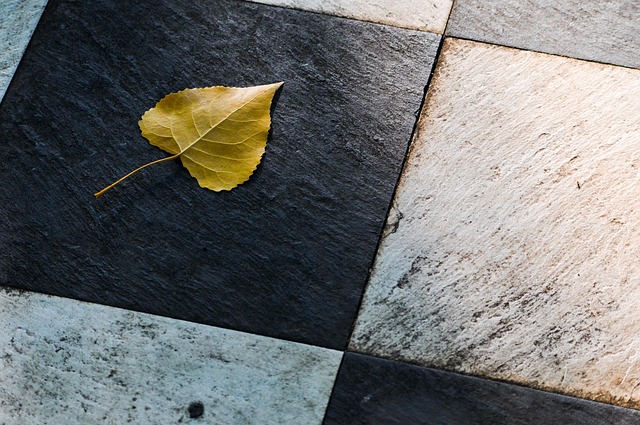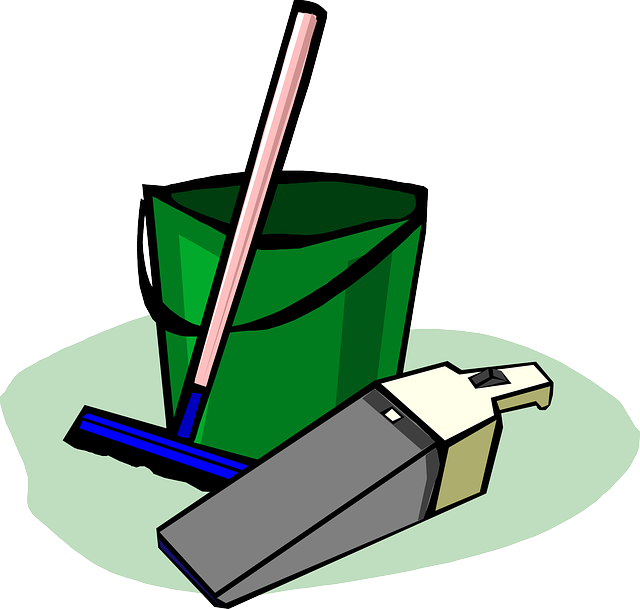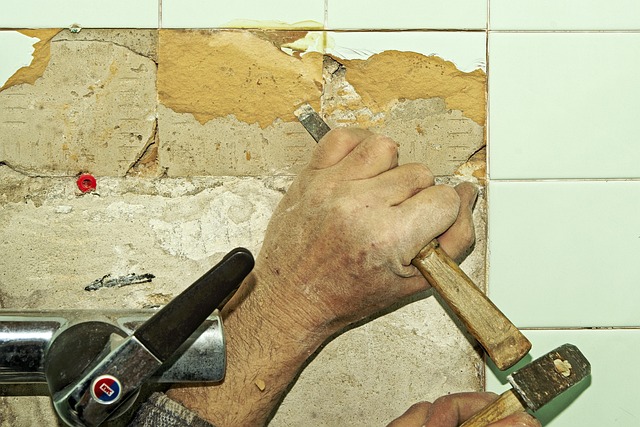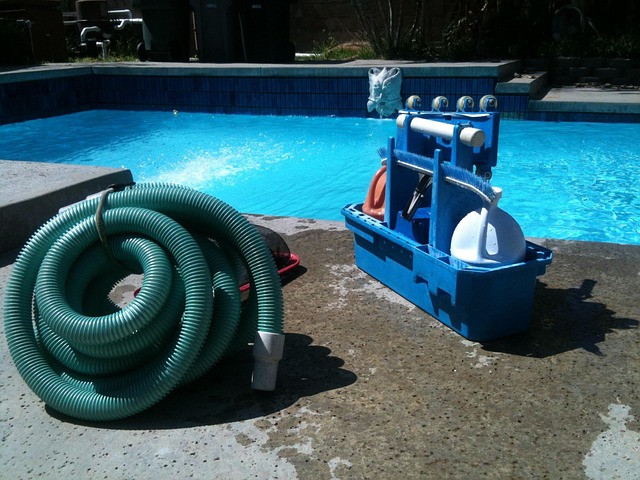The text offers comprehensive guidance on effectively cleaning tile floors, emphasizing tailored care based on material type (ceramic/porcelain, natural stone). It recommends regular cleaning with appropriate tools (vacuum, specific cleaner, microfiber cloths) to prevent stains, scuff marks, and dullness. Key steps include vacuuming, using mild detergents or vinegar for stains, and periodic grout cleaning. The best methods vary by tile type—e.g., pH-neutral cleaners for marble, ammonia-based solutions for porcelain. Regular maintenance involves daily sweeping/vacuuming, prompt spill cleanup, pH-neutral products, and regular sealing to protect against moisture, dirt, and staining. Deep cleaning tips include avoiding abrasive materials, excessive water, and harsh chemicals to preserve tile floor beauty and longevity.
Tile floors add elegance to any space, but they require regular deep cleaning to maintain their beauty. This comprehensive guide explores the best methods for cleaning tile floors, addressing various types and common issues. From understanding your floor’s composition to choosing the right tools and solutions, we break down a step-by-step process. Learn effective cleaning techniques tailored to different tile types and discover essential maintenance tips for long-lasting shine. Avoid common mistakes and transform your tile floors into a pristine symphony of cleanliness.
Understanding Tile Floors: Types and Common Issues

Tile floors come in various types, from ceramic and porcelain to natural stone, each with unique characteristics that affect cleaning. Understanding these differences is crucial for selecting the best methods for cleaning tile floors. Ceramic and porcelain tiles are known for their durability and water resistance, making them suitable for high-moisture areas like kitchens and bathrooms. However, they can still attract dirt, stains, and grout buildup. Natural stone tiles, while beautiful, require more specialized care due to their porosity, which can lead to staining if not properly sealed.
Common issues with tile floors include stains from spills, scuff marks, loose grout, and overall dullness. Regular cleaning and maintenance are essential to prevent these problems. Best methods for cleaning tile floors involve using appropriate cleaners tailored to the specific type of tile and grout. Mopping with a clean microfiber cloth or sponge and warm water is a good starting point. For more stubborn stains, mild detergents or vinegar solutions can be effective. Grout cleaning should be done periodically to remove buildup and restore the floor’s aesthetic appeal.
Gathering the Right Tools and Materials

To ensure the best methods for cleaning tile floors, gathering the right tools and materials is a crucial first step. Start with a good quality vacuum cleaner designed to handle hard floor surfaces. This will help remove embedded dust, dirt, and debris from the grout lines and tiles. Next, invest in a robust tile-specific cleaner that can tackle tough stains and grime without damaging the surface. Additionally, you’ll need a soft-bristled brush or sponge for scrubbing, as well as microfiber cloths for drying and polishing. Don’t forget protective gear like gloves to shield your hands from chemicals. Having these essentials on hand will make the cleaning process more efficient and effective.
Step-by-Step Deep Cleaning Process

To ensure your tile floors look their best, it’s essential to employ the best methods for cleaning tile floors. Start by gathering the necessary tools and supplies, including a vacuum cleaner with a brush attachment, a mop suitable for tile floors, tile-specific cleaning solutions, and a microfiber cloth. Begin by vacuuming the floor to remove any dirt, dust, or loose debris embedded in the grout lines. Next, fill your mop with warm water mixed with a gentle, pH-neutral tile cleaner. This combination effectively cuts through grime without damaging the finish or porosity of the tiles.
Wring out the excess water from the mop before gently scrubbing the floor in a back-and-forth motion, focusing on the grout lines to remove any stubborn stains. After scrubbing, rinse the floor thoroughly with clean water and use your microfiber cloth to dry the surface, leaving it streak-free. Regularly deep cleaning your tile floors using these steps will not only maintain their aesthetic appeal but also extend their lifespan.
Effective Cleaning Solutions for Different Tile Types

When it comes to deep cleaning tile floors, understanding the best methods for different types is key. Ceramic tiles, popular for their durability and versatility, can be cleaned effectively with a mixture of mild detergent and warm water. For more textured or natural stone tiles, like marble or granite, a pH-neutral cleaner is recommended to prevent etching or damage caused by harsh chemicals.
Porcelain tiles, known for their water resistance and low porosity, require a bit more care. A combination of a mild, ammonia-based cleaner and a soft brush can remove stubborn stains without compromising the tile’s finish. Always test any cleaning solution in a small, discreet area first to ensure compatibility with your tile type and avoid unwanted discolouration or damage.
Tips for Maintenance and Preventive Care

Regular maintenance is key to keeping your tile floors looking their best and extending their lifespan. The best methods for cleaning tile floors involve a combination of proactive care and effective cleaning techniques. First, establish a consistent cleaning routine. Sweep or vacuum floors daily to remove loose dirt and debris, preventing particles from embedding in the grout and tiles. Spot clean any spills or messes immediately to avoid staining.
Additionally, use the right tools and products tailored for tile floors. Opt for a soft-bristled brush or sponge for scrubbing, and choose pH-neutral cleaners that won’t damage the tile finish or etch the grout. Avoid using abrasive cleaning tools or harsh chemicals, as these can scratch the surface or erode the grout. Regularly refresh your floor with a sealer to protect it from moisture, stains, and dirt, ensuring a lasting gleam and longevity.
Common Mistakes to Avoid During Deep Cleaning

Deep cleaning tile floors is a task many homeowners tackle, but it’s easy to fall into traps that can leave your tiles streaked or damaged. Here are some common mistakes to avoid when aiming for sparkling tile floors using best methods for cleaning tile floors. One of the biggest blunders is using abrasive cleaners or scrubbers on ceramic or porcelain tiles, which can scratch the surface. Aggressive cleaning tools and harsh chemicals aren’t necessary; mild soap, warm water, and a microfiber mop or sponge are usually sufficient.
Another mistake is neglecting to vacuum first, leaving behind dirt and debris that can prevent your cleaner from reaching all surfaces effectively. Always start by sweeping or vacuuming to remove loose particles, then apply your chosen cleaning solution. Also, avoid over-saturating the floor with water. While thorough cleaning requires some moisture, excessive water can damage grout lines and lead to mold growth. Keep a close eye on the level of humidity during the cleaning process.
